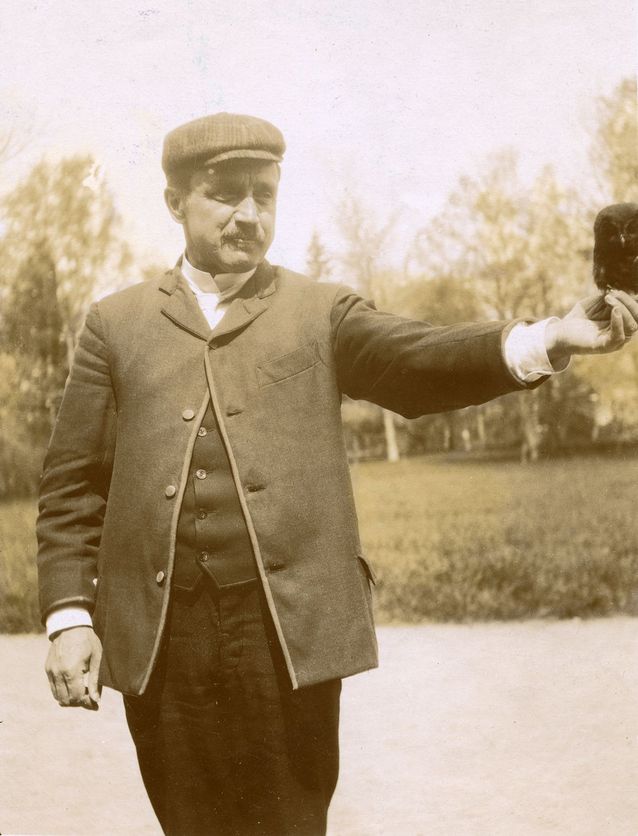Johan Jakob Tikkanen
Born December 7, 1857, Helsinki. Died June 20, 1930, Helsinki
Master of Arts 1880, Licentiate 1884, Imperial Alexander University
Docent in aesthetics and art history 1884–7, Imperial Alexander University
Professor extraordinary 1897–1920 and professor ordinary 1920–26 of art history, Imperial Alexander University (University of Helsinki 1919–)
Acting professor of aesthetics and comparative literature 1901 and 1905 Imperial Alexander University (University of Helsinki 1919–)
Head of the sculpture collection of the University of Helsinki 1898–1926 and head of the Drawing School 1908–26
Secretary of the Finnish Art Society 1892–1920, chairman 1920–22
Vice chairman of the Fine Arts Academy of Finland 1922–24
Vice chairman of the Friends of Ateneum 1919–20
Chairman of the National Council for Visual Arts 1918–23
Awards and special achievements
Official representative of the University of Helsinki at the 800th anniversary celebrations of the University of Bologna, 1888
Member of the Finnish Society of Science and Letters 1911
Finnish Literature Society prize 1914
Member of the Comitato di Patrocinio of the international conference of art history in Rome 1918
Finnish Society of Science and Letters prize 1914
Photo: Taidehistorian kuvakeskus, Helsingin yliopisto
Written by Johanna Vakkari (Riitta-Ilona Hurmerinta, ed.)
Translated by Matthew Billington

